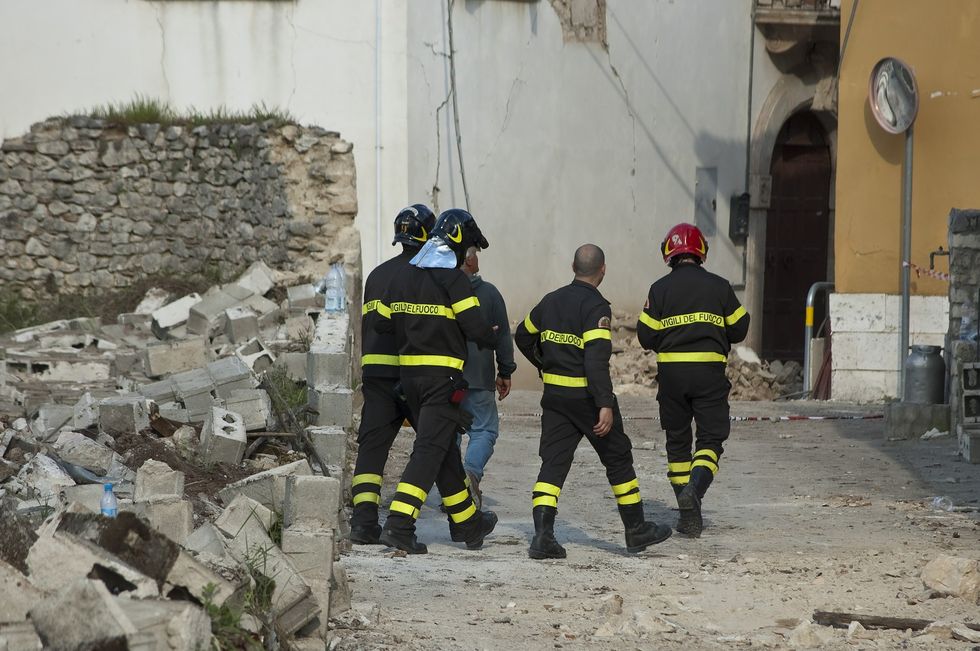With the recent earthquakes hitting Mexico, and being from the Bay Area, one of the many parts of California that are most prone to earthquakes, I think it's safe to say everyone needs to know how to be prepared and should have an emergency plan in place. But finding the time to sit with housemates or family members, and gather an emergency kit and make that plan can be a struggle. Even in the biggest quake, there is little you can do with a simple emergency kit. However, optimism is ever-important in today's world, so here are some tips on how to get started with a kit, how to stay prepared, and what to know in case of an emergency that I've gathered from research. In an emergency situation, being even a bit prepared is better than being left with nothing.
For starters, always have an emergency contact list. With your family, regardless of whether you live with them or not, make a plan on what to do in case you're separated in an emergency. With whoever you live with, make sure to set that plan in place and find a meeting spot if you'd like. Phone numbers are crucial but those concrete plans about a location and so on are even more important because if the power is out and your smartphone dies, you're out of luck.
Prepare your kit! Start off with enough water for each person in a household to have, and then add food products that don't require preparation. Things like crackers, bars, canned foods, and foods high in energy are ideal. Comfort food is also suggested.
Then, add things like a first aid kit. In this case, don't settle for less — go big. You want to have a full kit capable of handling an injury that may occur during an emergency or for cleaning a wound. Big things that you should be sure to include in the kit are antiseptic, various sizes of bandages, and a cleaning agent or soap.
Next, comes supplies and tools, and this can range from flares, traveler's checks, batteries, and flashlights, to clothing, bedding, sunscreen, and things to protect the body from the changing weather. There are so many things you can include, so it's best to check out the SF Gate article cited below. In general, this list requires you to think of all the things you might need to go long-term camping or for when every typical service in your home and town is unavailable — brainstorm big time!
And finally, you're going to want to have the essentials to stay connected and get what you need, like insurance information, bank account information, social security numbers, medical information, and passports or other forms of identification.
If and when an earthquake does hit, it's important to know what to do. Plan a place to meet loved ones or those who live with you. If you're driving, drive to an open space and take cover inside your car. Know how earthquake-safe your home is and improve on that if you can or need to. When shaking is taking place, go to a room that has the smallest and least amount of objects that can fall on you; drop down, take cover, and make sure to protect your head, the back of your neck/spine, and eyes from falling objects. According to the Red Cross, don't take cover in doorways first; instead, find stable furniture to take cover near or underneath it.
While we don't always like to admit it, the looming possibility of an earthquake is very real and very important to prepare for. It's scary and we don't have any control over it, but as in so many of life's scenarios, we have control over how we prepare, respond, and react. If you have the time, consider investing it in making a kit and a plan.
(Thank you to the following pages for giving me so much information to put an article together with.)
Sources:
http://www.sfgate.com/33498534734345/article/Make-your-own-earthquake-preparedness-kit-5410506.php
http://www.nationalgeographic.com/environment/natural-disasters/earthquake-safety-tips/
http://www.redcross.org/get-help/how-to-prepare-for-emergencies/types-of-emergencies/earthquake




















